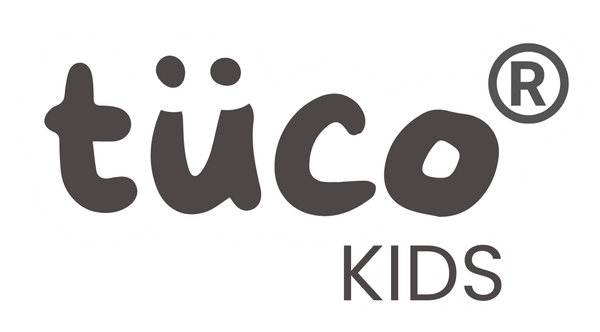
Decoding Labels: What to Look for in Kids’ Skincare Products - Vedant Chanakya
Most kids I know don’t really look at skincare labels. We just grab whatever bottle Mom or Dad gives us and move on. But here’s the thing: labels actually tell you what’s inside—and knowing how to read them makes you smarter about your skin.
I used to think “ingredients” were boring science words. Then I noticed some words popping up again and again: parabens, sulfates, artificial fragrance. Tuco Kids explained that these aren’t great for sensitive skin. Once I learned what to look for, shopping for skincare actually felt like a game.
So here’s how I do it—and how you can too.
Morning: Spot the Good Stuff Before School
When I pick up my cleanser in the morning, I don’t just wash and go. I check the back of the tube. Here’s my trick:
-
Look for names you already know, like aloe vera, coconut oil, turmeric, neem. These are things we use at home—in chutneys, in dadi’s remedies, even in hair oil. If you see them on the label, that’s a good sign.
- If your child's skin is prone to acne and breakouts, Tuco also has an oily skin
-
If I spot "parabens” or “sulfates"? I know that means harsh chemicals that can dry or irritate skin. I put that product back on the shelf, and never look at it again.
That way, I’m not just using any random soap. I’m choosing something that actually helps my skin stay soft and clean.
Afternoon: Decode What’s Hiding in Lotions
After cricket practice or walking home in the sun, I check my lotion before slapping it on.
-
If the ingredients list says shea butter, coconut oil, aloe vera, I know it’s going to moisturize without feeling heavy.
-
If it says “mineral oil” or “artificial fragrance” right at the top? That usually means it might feel greasy or stingy, and heavy.
Pro tip: the first few words on the label are the most important, because ingredients are listed in order of how much they’re used. If “aqua” (water) is first, that’s normal. But if “fragrance” is near the top—skip it.
Night: Keep It Simple, Read It Quick
Before bed, I look at lip balm and creams. I ask myself:
-
“Do I know at least two ingredients here from my kitchen?” (like coconut oil, turmeric, honey)
- “Are there too many long science-y words I can’t read?” (If yes, I get suspicious.)
Tuco’s shampoo, for example, has short, simple words I recognize. That’s why it feels safe.
Why This Routine Works
Reading labels isn’t about becoming a scientist. It’s about knowing your skin deserves better than random chemicals. Tuco makes this easy because their products actually use stuff we know from everyday life—neem, turmeric, aloe, coconut oil—and skip the parabens, sulfates, and fake fragrances.
And honestly? It feels powerful to grab a bottle and say, “Hey, I know what’s inside this.”
What Parents Should Know
Parents usually read labels for us, but kids can start too. It makes skincare feel less like a “chore” and more like a skill. If you want to help your child learn:
-
Point out one “bad” word (like parabens) and one “good” word (like aloe)
-
Let them check products at home and play ingredient detective
-
Remind them: short, simple, natural words usually mean safer skincare
What's the verdict?
Skincare isn’t just about washing your face or putting on lotion. It’s about knowing what goes on your skin. From the playground to pajamas, reading labels is like reading your own health story.
Tuco Kids helped me see that I can take charge of my skincare by knowing the words on the bottle. And now I want every kid to know this: you don’t need to wait for your parents—start reading labels now. Your skin will thank you.




